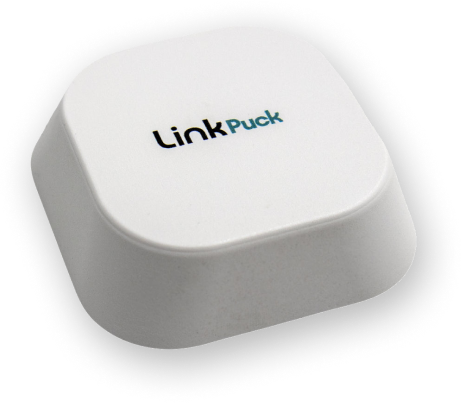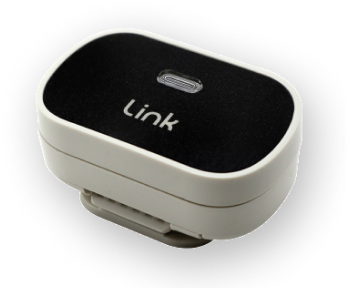Did you know that four out of five dogs over the age of three years have some type of periodontal disease? While dental disease in dogs is quite common, there are steps that you as a pet parent can take to preserve your dog’s overall oral health. Keeping your pup’s teeth clean can help prevent tooth loss, oral pain, bad breath, and even organ damage, so here’s how to clean a dog's teeth and keep his mouth as healthy as possible.
Signs Your Dog’s Teeth Need Cleaning
Canine dental disease affects a dog’s teeth, gums, and jaw. It’s typically caused by plaque buildup which contains bacteria and food particles. The plaque eventually hardens into tartar which can become a serious problem when it makes its way below the gum line.
Dental disease signs in dogs include broken and loose teeth, bad breath, and drooling. Your dog might also refuse to eat and drink and have a painful and bleeding mouth.
How To Keep Your Dog’s Teeth Clean
Professional teeth cleanings are essential to your dog’s good dental care, but regular at-home maintenance is equally crucial. Follow these four tips to help maintain your dog’s dental health and his life.
1. Brush Your Dog’s Teeth
Unlike his parents, your dog can’t brush his teeth twice a day. Most dogs don’t particularly like having their teeth brushed, but it’s a little easier if you start them early while they’re still a pup.
- Use a double-headed brush with bristles at a 45-degree angle. This ensures you get below the gumline.
- Start slowly and quit if your dog becomes agitated.
- Do not use human toothpaste for your pet, as the fluoride they contain is poisonous to dogs. Most pet stores carry multiple brands of toothpaste and mouthwash, so you might need to try a few brands and flavors before finding one your dog likes.
2. Non-Brushing Ways to Clean a Dog’s Teeth
If teeth brushing turns into a battle of wills, try giving your dog crunchy kibble to remove the plaque. In the meantime, keep attempting to establish a brushing routine. Other ways to clean your pup’s teeth without brushing include dog dental wipes and water additives.
3. Clean Teeth With Chew Bones and Toys
Synthetic chew toys and bones are designed to strengthen your pet’s teeth and gums. Just make sure they aren’t too hard, as they could break one or more teeth.
4. Routine Dental Cleanings
A good deep clean is usually best accomplished by a vet or vet assistant. Depending on your dog’s size, he should see the vet every six months to a year for cleanings that scale tartar and plaque, polish the teeth, and clean the gum line.
How to Maintain a Healthy Dog Mouth
Make time every day to take a peek inside your dog’s mouth to spot potential problems before they worsen. Healthy dog gums are pink or mottled; red, swollen, or oozing gums should be examined by your vet as soon as possible. Check for broken teeth or signs of significant plaque buildup around the gumline. And if your dog’s breath is particularly strong, he might have a dental issue or even dental disease.
Proper doggie dental care can be challenging for pet parents and dogs alike. But proper maintenance saves you money in the long run and can even save your pet’s life. Keep your dog’s mouth nice and clean and you’ll both keep smiling!





